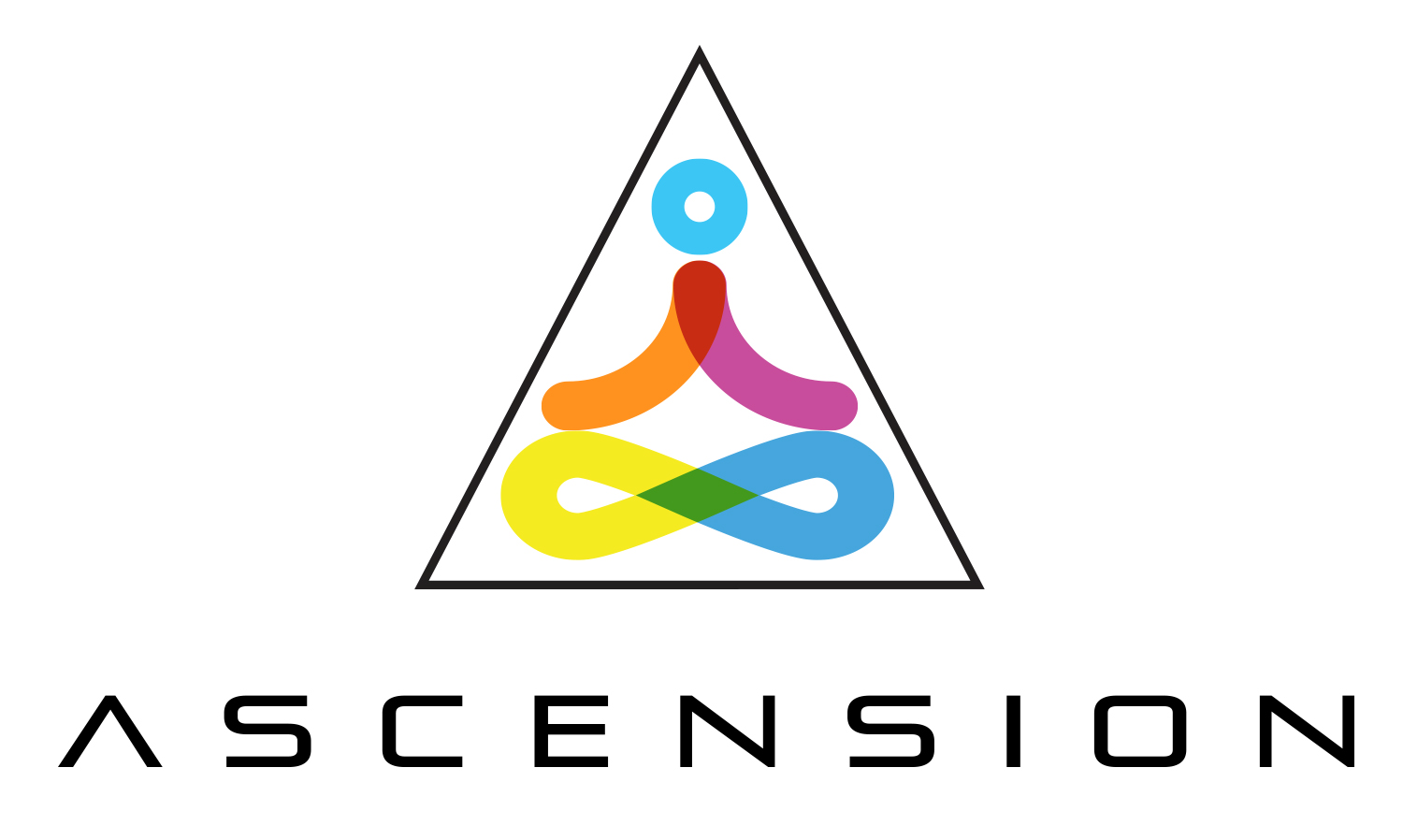Staying healthy doesn’t require several hours at the gym or counting calories at every meal. There are various ways you can achieve overall wellness by incorporating a few simple steps into your daily routine. Here are some of the best head-to-toe health strategies for everyday life.
Drink plenty of water. Modern society has created endless options for buyers. The problem with this is that we may not always make the best decision when it comes to what we consume. This is especially important to remember when we decide what to drink each day. In order to prevent dehydration, the general rule is to drink at least eight cups of water each day. Aside from keeping you hydrated, drinking this amount of water also gets rid of wastes, regulates body temperature, guards sensitive tissues from harm, and lubricates and protects joints.
If you aren’t yet drinking eight cups of water daily, make it a part of your new routine. One easy way to get started is to carry around a reusable water bottle and set a goal to fill it up as many times as needed throughout the day.
Get enough sleep. If you find yourself jittery at night, try taking a moment to clear your mind and breathe. When you incorporate deep breaths before bedtime, this eases you into relaxing, which inevitably makes you more likely to fall asleep. If you experience restlessness frequently at night, you may want to consider the underlying cause. Are you stressed about upcoming projects? Have you been fighting with a friend recently? Whatever the cause may be, acknowledge it and find a way to calm your mind. Getting an adequate amount of rest helps to fight off illness, strengthens cognition, improves decision-making capabilities, and offers many more important health benefits.
Eat well. If you fill your body with junk food, it’s likely you’re going to experience its many aftereffects like feeling sluggish and having less desire to move. According to many dieticians, when it comes to food, the best thing to do is to eat “clean.” This means staying away from processed foods and opting for whole foods like fresh vegetables and fruits. Set a goal for yourself each day to eat a rainbow of colors. This will help to maximize your nutrient intake.
Walk as much as you can and stay active. Have you ever heard of the “move it or lose it” expression? If you think about it within the context of health, it’s pretty accurate. When we don’t move and exercise regularly, the major muscle groups in our bodies have no chance of getting stronger. Our bones also weaken, and it becomes harder to manage weight and blood pressure.
Both walking and taking the stairs are two painless ways to incorporate more activity into your life. Another way to add more walking or movement is to find a job that helps with your health goals—like becoming a dog walker. This particular job has considerable health benefits. It requires exercise, allows you to spend time with dogs, and gives you the opportunity to get fresh air every day. In addition, according to several studies, walking dogs regularly lowers your risks for high blood pressure, diabetes, and obesity. It also allows you to benefit from the feel-good brain chemicals that you get when you pet a dog. Bottom line: The more you move, the better.
The most important takeaway here is to care for your body. You only live once, and you should be as healthy and happy as possible. These tips will help you to achieve both.
About the Author: Julie Morris
Ms. Morris is a life and career coach who strives to help others live the best lives that they can. She believes she can relate to clients who feel run over by life because of her own experiences. She spent years in an unfulfilling career in finance before deciding to help people in other ways.
Photo credit: Pixabay











